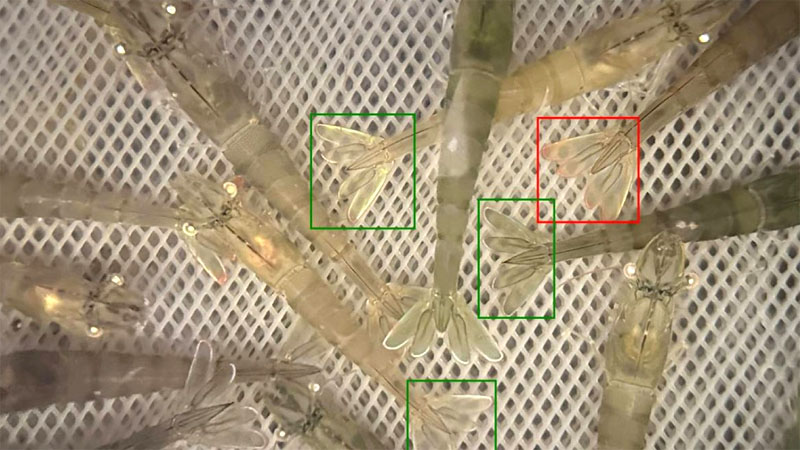Exclusive content

The battle against diseases like the dreaded white spot virus has always been a challenging one. Rapid detection is crucial, as this virus can wipe out an entire shrimp farm within a matter of days. However, a breakthrough has emerged, promising a new era in disease diagnosis and management for shrimp farmers.
The Power of Deep Learning
In India, a group of experts in the fields of artificial intelligence and aquaculture has harnessed the potential of deep learning, an advanced tool based on artificial neural networks. Deep learning, akin to teaching computers to recognize patterns, has been applied to the realm of shrimp farming, offering improvements in disease detection accuracy.
This innovative approach involves processing visual information obtained from shrimp images using computational analysis techniques. The key breakthrough lies in the utilization of deep learning, which proves more effective than traditional methods employed in the past.
The Role of Recurrent Neural Networks
One standout feature of this new detection system is the incorporation of recurrent neural networks (RNNs) for final classification. To achieve the highest precision, parameter optimization is carried out through a genetic optimization algorithm inspired by nature.
The implications of this advancement are significant. Not only does it have the potential to reduce economic losses in the aquaculture industry, but it also represents a crucial step towards more effective disease management in aquatic populations.